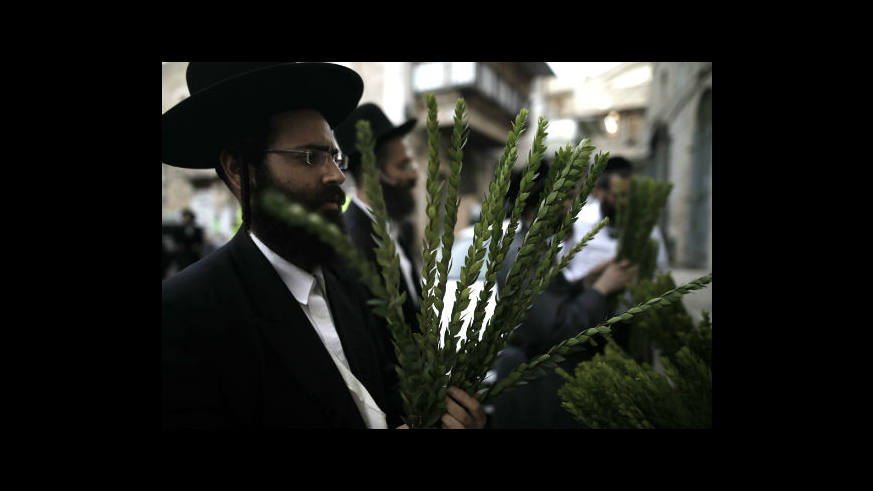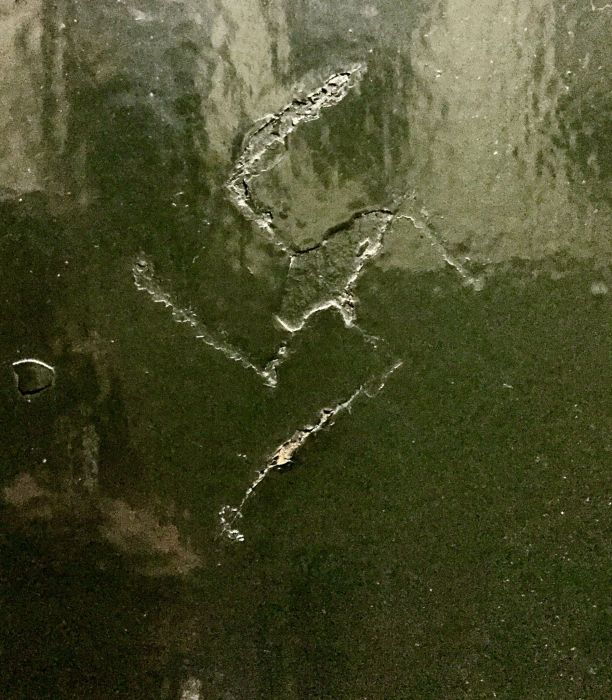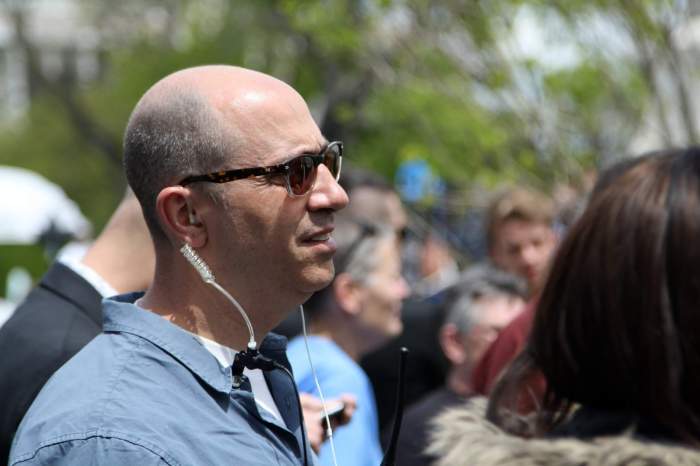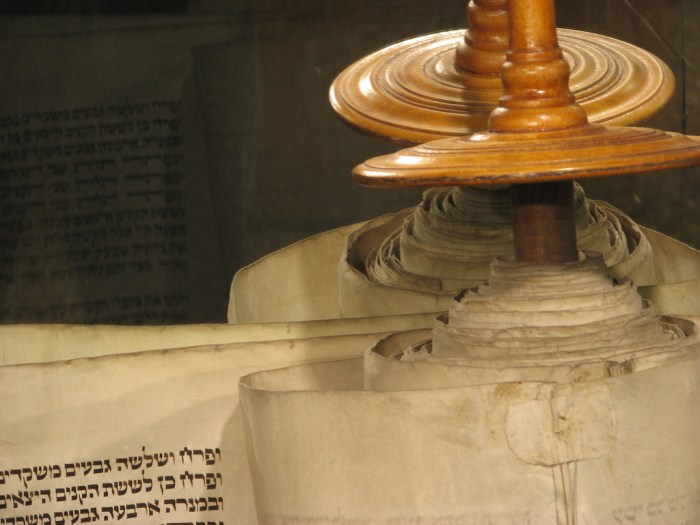Sukkot, the Jewish holiday that follows five days after Yom Kippur, celebrates the years the Jews spent in the desert on the way to the Promised Land and the way God protected them in the desert.
Sukkot is also known as the Feast of Tabernacles or the Feast of Booths.
How Sukkot is celebrated.
“You shall dwell in sukkot seven days…in order that future generations may know that I made the Israelite people live in sukkot when I brought them out of the land of Egypt, I the Lord your God.” —Leviticus 23:42
Sukkot means huts or booths and the festival is celebrated in open air structures called sukkah.
“The essential thing about the hut is that it should have a roof of branches and leaves, through which those inside can see the sky, and that it should be a temporary and flimsy thing,” according to BBC.
“Spending time in a fragile hut in the garden, or under a roof of leaves rigged up on a balcony gives them the experience of living exposed to the world, without a nice comfy shell around them,” the BBC added. “It reminds them that there is only one real source of security and protection, and that is God.”
According to Chabad, the sukkah can’t be under a roof or tree; it needs at least two walls and a partial third.
“The walls need to be somewhat firm, not flapping in the breeze, so use boards or well-tied fabrics,” Chabad advised.
The covering needs to be made of a material that grew from the ground, “[so] repurposed building materials and 2x4s are out, as are raw animal hide and synthetic mesh.”
The Sukkot ritual is to take the Four Kinds: an etrog (citron), a lulav (palm frond), three hadassim (myrtle twigs) and two aravot (willow twigs). Those celebrating rejoice with the plant materials by shaking them or waiving them, according to Leviticus 23: 39-40.
Sukkot 2017
This year, Sukkot is celebrated Oct. 4-11.
The first two days (sundown on Wednesday until nightfall on Friday) are Yom Tov, “when work is forbidden, candles are lit in the evening and festive meals are preceded by Kiddush and include challah dipped in honey,” according to Chabad.
From nightfall on Friday to sundown on Wednesday (Chol Hamoed) are sort of holidays. Jewish observers hang out in the sukkah and take the Four Kinds (except on Shabbat, the Sabbath).
The final two days (sundown on Wednesday to nightfall on Friday) are known as Shemini Atzeret and Simchat Torah.
In Israel, the first two days of Sukkot are celebrated in one day as are the final two days.



















